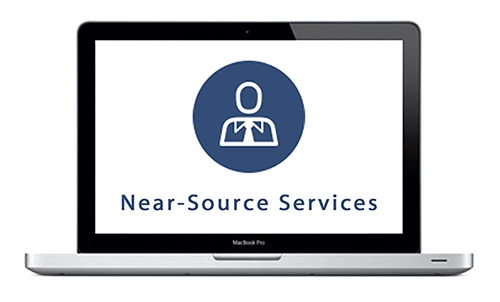From quick selfies to behind-the-scenes posts, social media has blurred the lines between professional and personal sharing. But when patient privacy is at stake, every post matters. Even seemingly harmless content can violate HIPAA regulations if it contains identifiable details.
Work smarter: Tech-driven strategies to get more done every day
The future of healthcare: 7 technologies to watch in 2026
Is your business continuity plan built to fail? Watch for these pitfalls
From hype to hospital: Is blockchain the future of healthcare?
The viral video playbook: Dominating TikTok, Reels, and Shorts
Cybersecurity culture in healthcare starts with smarter training

In today’s threat-heavy landscape, healthcare workers must do more than care for patients. They must also guard against phishing and other cyberattacks. This piece outlines how some health organizations are shifting from traditional, yearly security training toward continuous, adaptive programs that build cybersecurity into daily workflows and culture.
8 Signs your company’s IT systems need an upgrade

As technology evolves, so must your business systems. If your IT infrastructure is showing signs of strain — whether through constant breakdowns, security vulnerabilities, or diminished capabilities — it’s time to act. This article outlines eight critical warning signs that your IT systems need an upgrade.
From clinics to clicks: Why telemedicine is becoming the new normal in patient care

Telemedicine is transforming how we think about doctor visits. Learn how digital tools are changing patient care for the better, enabling faster communication, better prevention, and access to top-tier medical advice.
What is telemedicine?
Telemedicine utilizes digital technology to bridge the gap between patients and healthcare professionals, providing a seamless, convenient, and efficient way to receive medical care remotely.
5 Strategies to keep your business running during disruptions

Businesses are vulnerable to a range of disruptions, including server failures, unexpected power outages, and natural disasters. To mitigate the damage and ensure your company remains operational, it’s crucial to have a business continuity plan (BCP). This article outlines five key BCP tactics every company should implement — strategies that can save you time, money, and valuable resources when things go wrong.







